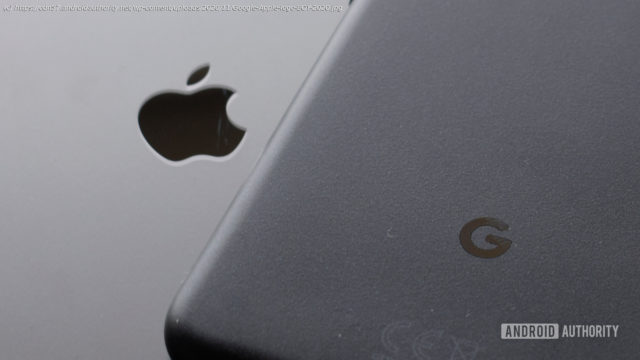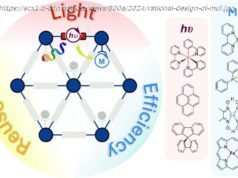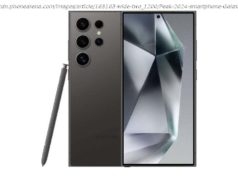The Google Pixel 6 isn’t just a promising phone — it’s the company’s first device that’s really, truly built to take on the iPhone.
Google has often pitched the Pixel series as an iPhone alternative, but that’s not how competition has unfolded in practice. More often than not, the Pixel has served as the foil to other Android phones. It’s what you get if you’re tired of cluttered interfaces, over-complicated cameras, or ultra-premium prices from Google’s partners. While that’s fine, there’s been a lingering sense that Google didn’t understand what makes iPhone fans so loyal. The Pixel 6 looks poised to change all that. While there’s no guarantee it will make Pixel a household name on par with the iPhone or Galaxy brands, it suggests that Google is finally aiming directly at Apple. And not just in terms of specs, design, or even marketing — Google is pursuing that tight integration that has proven elusive for many Android device makers. This is Google’s best chance to sway not just iPhone users, but Android fans who’ve yearned for a few of the iPhone’s advantages. Ask iPhone owners why they don’t switch to an Android phone like a Pixel and they’ll often say it’s because many things “just work.” Whether they know or not, what they mean is that the hardware and software work closely together in harmony — and that’s true on a fundamental level. Apple can optimize iOS features and performance for a narrow range of devices; it can design chips and other components to power iOS features that might be years away. You know you’ll get a speedy, well-supported phone with perks that aren’t always easy to replicate elsewhere. Google has dabbled in custom hardware in the past. The Pixel Visual Core helped tackle image processing on the Pixel 2 and Pixel 3, while the Pixel 4’s Neural Core was an in-house machine learning processor that took this a step further by enabling greater voice recognition, transcription capabilities, and more. The Pixel 4 also implemented Google’s Soli radar tech for touch-free gestures. Read more: Why the Pixel 6’s Tensor chip is actually a big deal (and why it isn’t) Even so, Google hasn’t had much control over its hardware destiny. Like many Android vendors, it has largely been chained to its main chip provider, Qualcomm.






